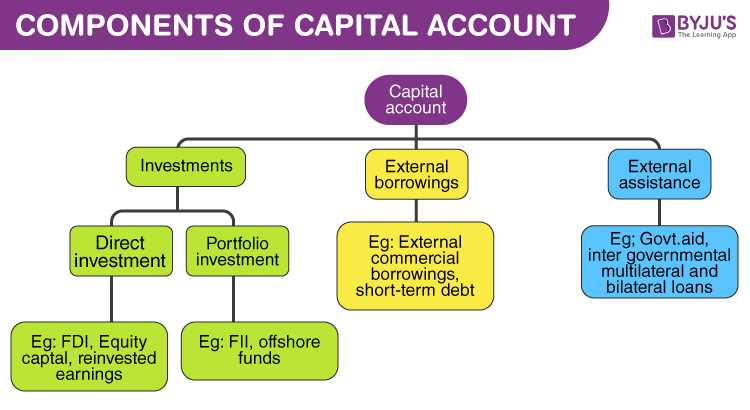Definition of Financial Accounts
In the world of economics, financial accounts refer to a systematic record of the financial transactions that occur within an economy during a specific period of time. These accounts provide a comprehensive overview of the financial activities of individuals, businesses, and the government.
The main purpose of financial accounts is to track the flow of funds between different sectors of the economy, such as households, corporations, and the government. They allow economists and policymakers to analyze the financial health of an economy, identify trends, and make informed decisions.
Financial accounts typically include various components, such as assets, liabilities, income, and expenditure. These components provide a detailed picture of the financial position and performance of different entities within the economy.
| Components | Description |
|---|---|
| Assets | Assets represent the economic resources owned or controlled by an individual, business, or government. They can include cash, investments, real estate, vehicles, and other tangible or intangible items of value. |
| Liabilities | Liabilities are the financial obligations or debts owed by an individual, business, or government. They can include loans, mortgages, credit card debts, and other forms of borrowed funds. |
| Income | Income refers to the money earned or received by an individual, business, or government during a specific period of time. It can come from various sources, such as wages, salaries, profits, rents, and interest. |
| Expenditure | Expenditure represents the money spent or paid out by an individual, business, or government during a specific period of time. It includes expenses on goods, services, investments, and other financial transactions. |
By analyzing the components of financial accounts, economists can gain insights into the financial stability, investment patterns, and consumption behavior of different sectors within the economy. This information is crucial for formulating economic policies, assessing risks, and promoting sustainable growth.
Components of Financial Accounts
Financial accounts are composed of various components that provide a comprehensive overview of an individual’s or organization’s financial position. These components include:
1. Assets

Assets are resources that have economic value and can be owned or controlled by an individual or organization. They can be categorized into different types, such as:
- Cash and cash equivalents
- Investments
- Accounts receivable
- Inventory
- Property, plant, and equipment
2. Liabilities
Liabilities are obligations or debts that an individual or organization owes to others. They can include:
- Loans
- Credit card debt
- Accounts payable
- Accrued expenses
- Long-term debt
3. Equity
Equity represents the ownership interest in an entity. It can be calculated by subtracting liabilities from assets. Equity can include:
- Common stock
- Retained earnings
- Additional paid-in capital
- Treasury stock
4. Income
Income refers to the money earned by an individual or organization through various sources, such as:
- Revenue from sales
- Interest income
- Dividend income
- Rental income
- Other operating income
5. Expenses
Expenses are the costs incurred by an individual or organization in the process of generating income. They can include:
- Cost of goods sold
- Operating expenses
- Interest expenses
- Depreciation and amortization
- Income taxes
Assets in Financial Accounts
Assets in financial accounts can be classified into different categories based on their nature and characteristics. Some common types of assets include:
| Category | Description |
|---|---|
| Cash and Cash Equivalents | Includes physical currency, bank deposits, and short-term investments that can be easily converted into cash. |
| Accounts Receivable | Refers to the money owed to a company by its customers or clients for goods or services provided on credit. |
| Inventory | Represents the goods or products held by a company for sale or production. |
| Property, Plant, and Equipment | Includes land, buildings, machinery, and other long-term assets used in the production or operation of a business. |
| Investments | Refers to financial assets such as stocks, bonds, and mutual funds held by an individual or organization for the purpose of generating income or capital appreciation. |
| Intangible Assets | Includes non-physical assets such as patents, trademarks, copyrights, and goodwill that have value but do not have a physical form. |
These are just a few examples of the various types of assets that can be found in financial accounts. The value of assets is recorded on the balance sheet of an entity and is an important indicator of its financial health and stability.

Emily Bibb simplifies finance through bestselling books and articles, bridging complex concepts for everyday understanding. Engaging audiences via social media, she shares insights for financial success. Active in seminars and philanthropy, Bibb aims to create a more financially informed society, driven by her passion for empowering others.
